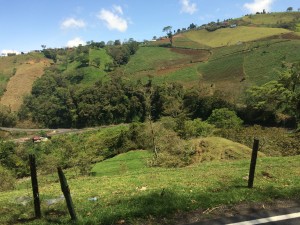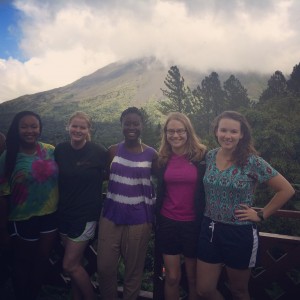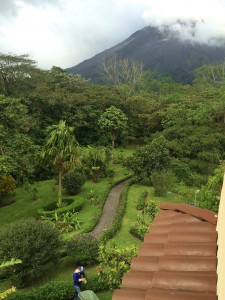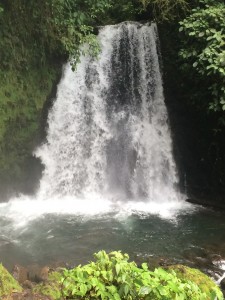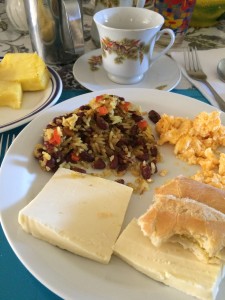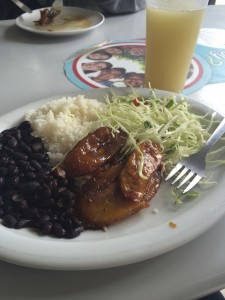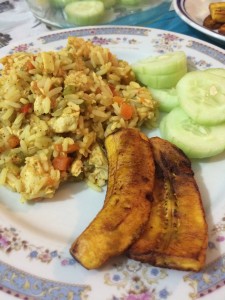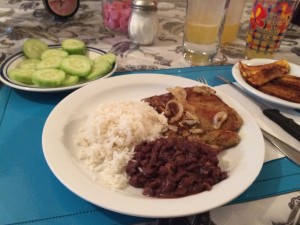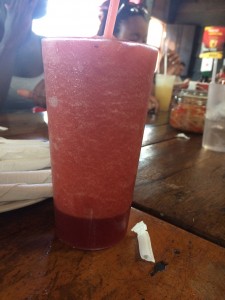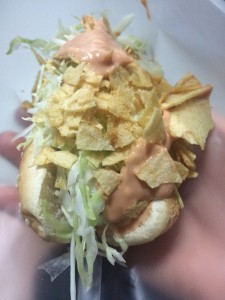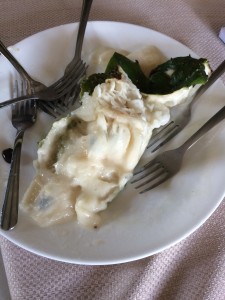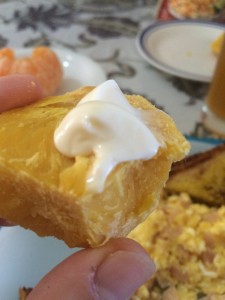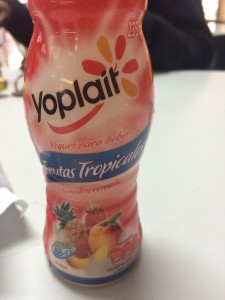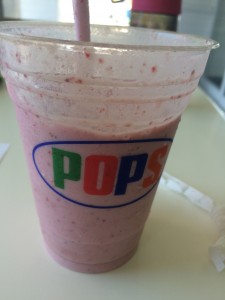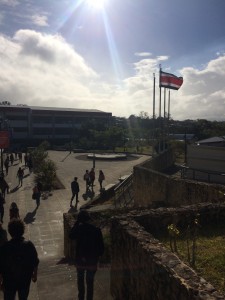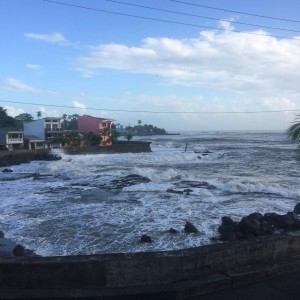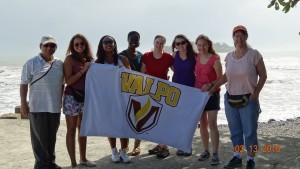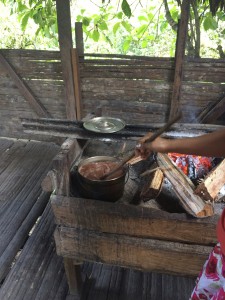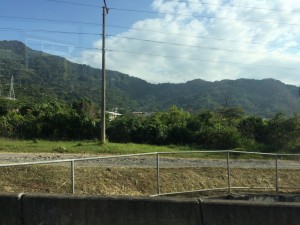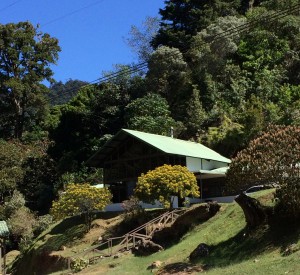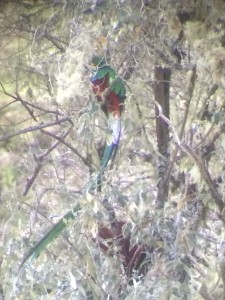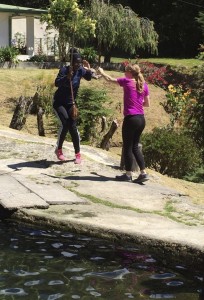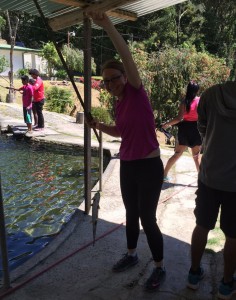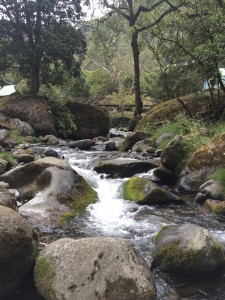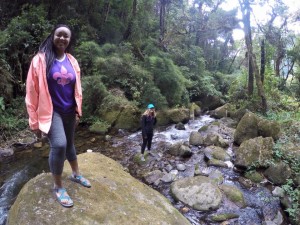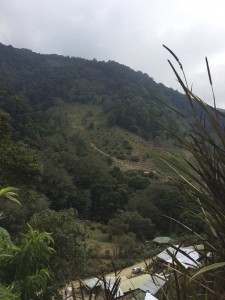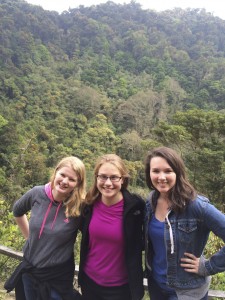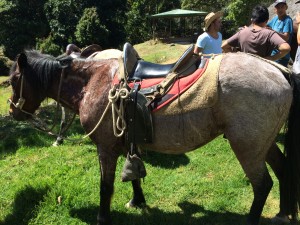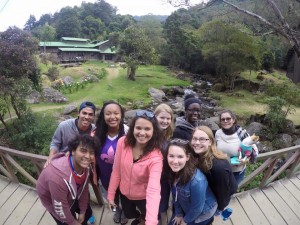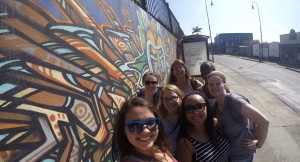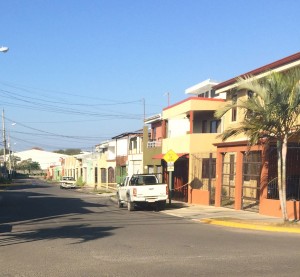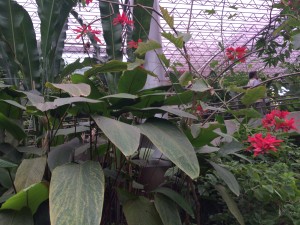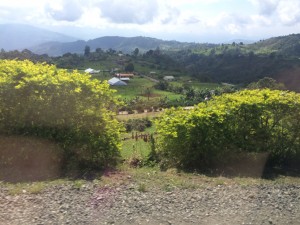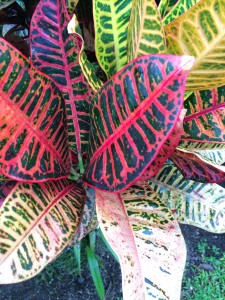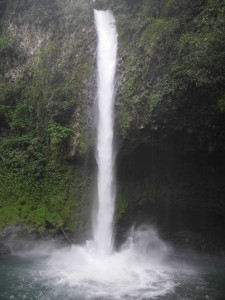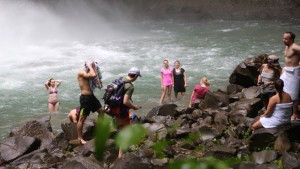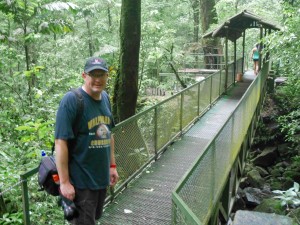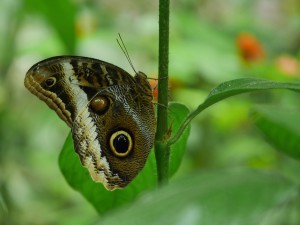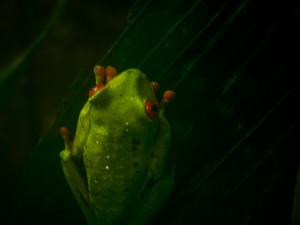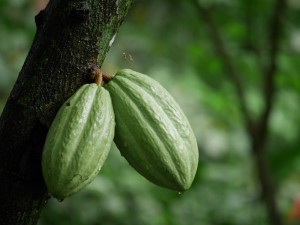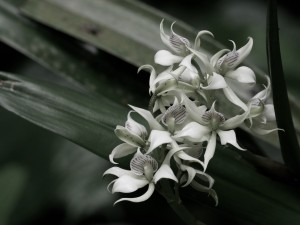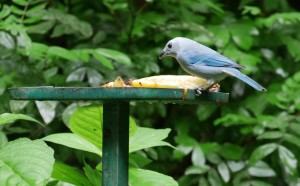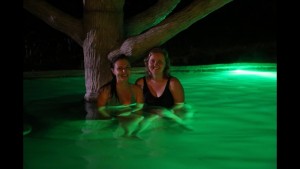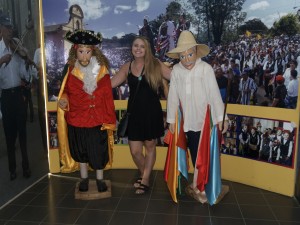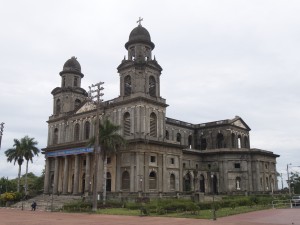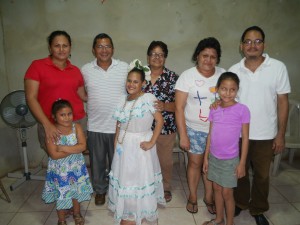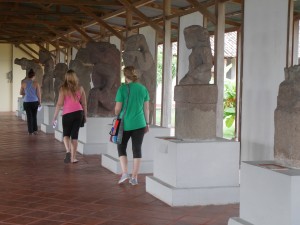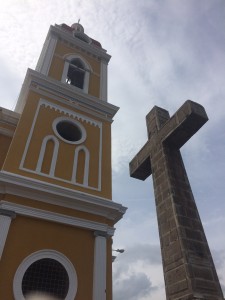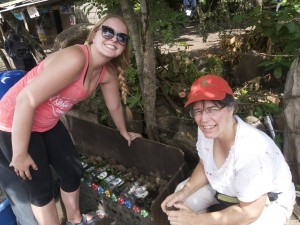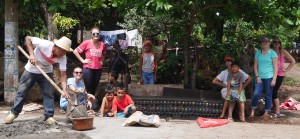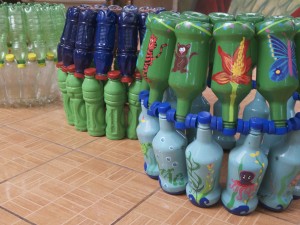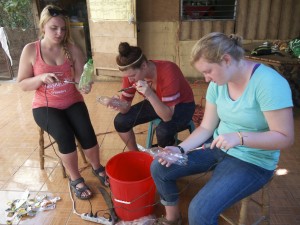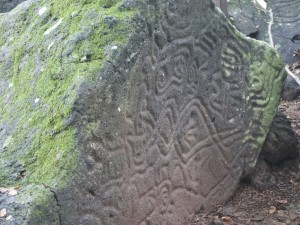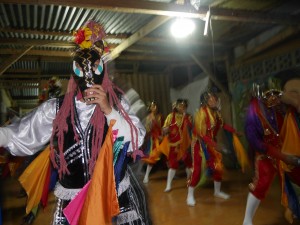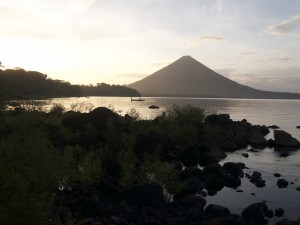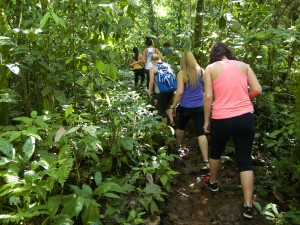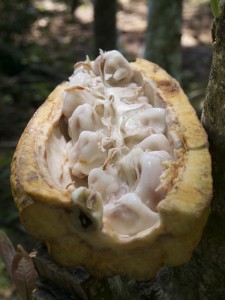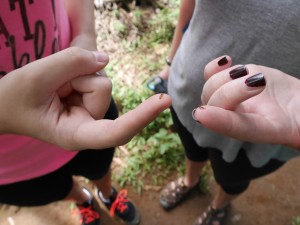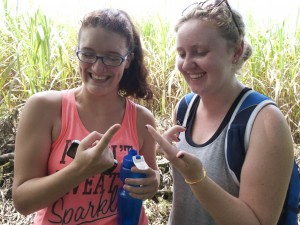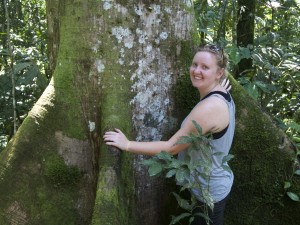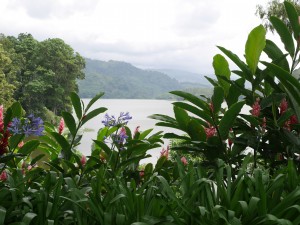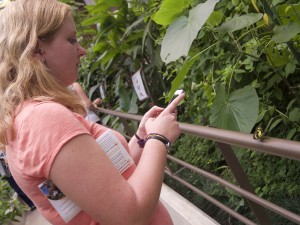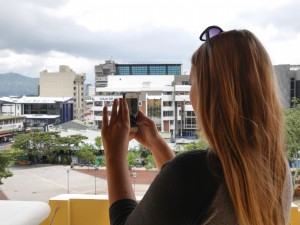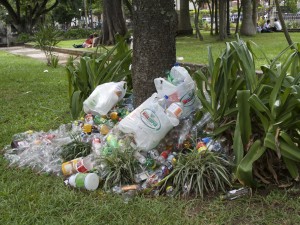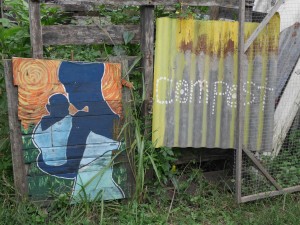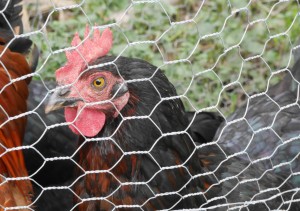After a long and full two months, I suddenly realized that the semester was halfway done. What a crazy two moths it has been. If you ask me what I’ve done in Costa Rica, I’ll tell you about the weekend trips and funny stories about my host mom and how much Spanish I’ve picked up, and you might think I’ve been having a blast every second of every day. But in reality, my day to day life feels pretty ordinary. As much fun as I’ve had studying abroad, I have learned the most not from the amazing weekends on the beach or in the mountains, but from the day to day challenges of adjusting to life in a different country.
The place where we live is called the Central Valley. Costa Rica is generally mountainous, but the area surrounding San Jose (the capital city) is a large valley, where the majority of the population lives. The geography of Costa Rica is a pretty accurate metaphor for my time here. We’ve gone out of the Central Valley for some amazing trips and breathtaking views, but the majority of my time is spent in the city, where I go to class and mind my own business. Some of those days are really hard. But just because I have had some hard times doesn’t mean I wouldn’t recommend studying abroad. In fact, it’s because of the hard days when I just wanted to go home and hang out with my friends and speak English that I’m glad I decided to spend four months here. The most learning happens not in the mountains but in the Valley.
For spring break last week, our group took a trip to Arenal Volcano (Volcán Arenal). It is a pretty famous tourist location, and the volcano is still active. It was a ton of fun, and we took a tour where we got to swim in a waterfall and a hot spring! When I was in the waterfall, it was one of those moments that I pictured my study abroad experience to be like. I felt like a 20-year-old risk-taking traveler and had never felt more alive. That same night the tour guides took us to a hot spring, which had the same effect. I’ve had other mountaintop experiences here too—sitting on the beach in February, hiking up a mountain, seeing a real-life sloth, and the list goes on.
Seen on our 4+ hour drive. I will never get over how beautiful the scenery is here!
View of the volcano!
Swimming in this waterfall was both refreshing and exhilarating!
I’ve come to the conclusion that although those mountaintop experiences were incredible, the most important part of being here is the valleys. Sometimes I can’t stand speaking Spanish anymore and get frustrated with myself, but I’ll never forget the time I was at the supermarket and understood the cashier saying the price for the first time (you try saying “mil quinientos noventa y cinco” five times fast). Learning Spanish is a long and sometimes difficult process, but this week I have started my internship at a school in the local neighborhood, and I have realized how special it is to be able to communicate with someone in their first language, even if they know some English. I never thought hanging out with a group of eleventh graders could be a highlight of my day! Not to mention endless hugs and drawings from adorable first graders 🙂
Being here at first was pretty scary. But suddenly I know how to take the bus to the city all by myself. I recognize the cashiers at the local supermarket. I could tell a taxi driver how to get to my house. One day when it was really hot and I had a lot of homework to do, the extended family spontaneously came over for coffee, which was a really fun time, and I could communicate with them pretty well! My host mom is great, but like any family member, she sometimes frustrates me, but that has taught me a lot about living with people and cultural differences. Living everyday life and integrating myself into a family and a neighborhood has taught me more than a week of sightseeing ever could. And it’s those ordinary days that make me never want to leave.
